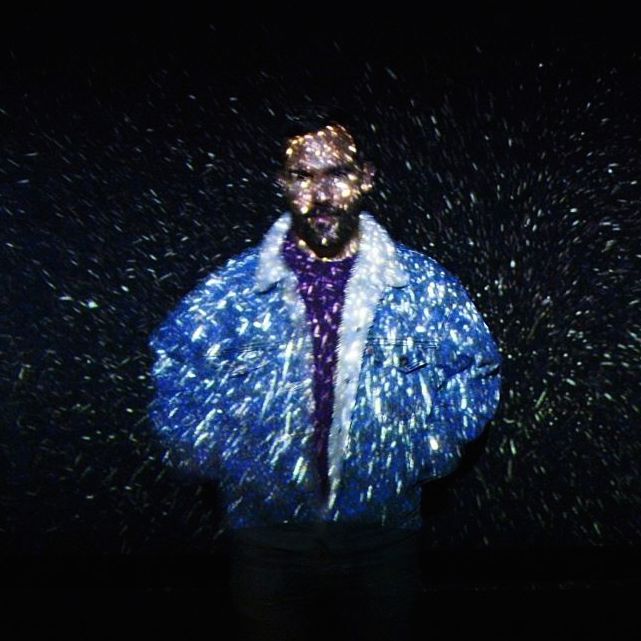PHOTOS & SPANISH VERSION BELOW
Due to the tangle of streets that makes up the medieval layout in the historic part of Florence, with its narrow, winding and cobbled alleyways, it is not easy to find a terrace where you can sit and sunbathe, drink a beer, and read a short novel by Stefan Zweig or Italo Calvino. This is only possible in certain large squares and in the upper lodges of some Florentine hotels and palaces, such as the last floor of the Ospedale degli Innocenti (piazza Santissima Annunziata).
…











